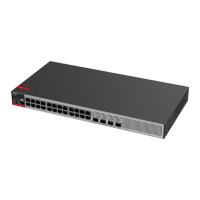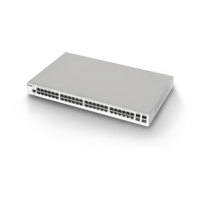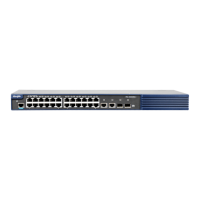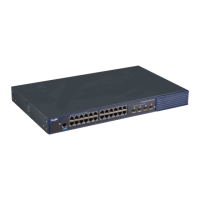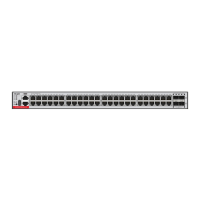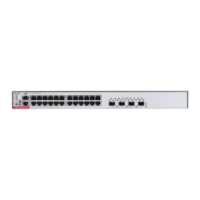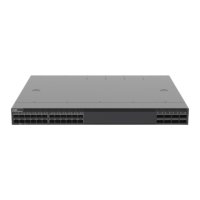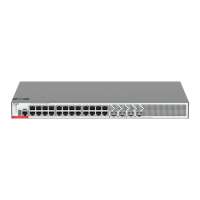When multiple devices are connected to the IP broadcast network and run a distance vector routing
protocol, the split horizon mechanism is required to prevent loop. The split horizon prevents the
device from advertising routing information from the interface that learns that information, which
optimizes routing information exchange between multiple devices.
For non-broadcast multi-path access networks (such as frame relay and X.25), split horizon may
cause some devices to be unable to learn all routing information. Split horizon may need to be
disabled in this case. If an interface is configured the secondary IP address, attentions shall be paid
also for split horizon.
If the poisoned-reverse parameter is configured, split horizon with poisoned reverse is enabled. In
this case, devices still advertise the route information through the interface from which the route
information is learned. However, the metric value of the route information is set to unreachable.
The RIP routing protocol is a distance vector routing protocol, and the split horizon issue shall be
cautioned in practical applications. If it is unsure whether split horizon is enabled on the interface, use
the show ip rip command to judge. This function makes no influence on the neighbor defined with the
neighbor command.
The following example disables the RIP split horizon function on the interface fastethernet 0/0.
Ruijie (config)# interface fastethernet 0/1
Ruijie (config-if)# no ip rip split-horizon
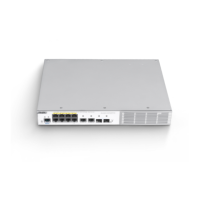
